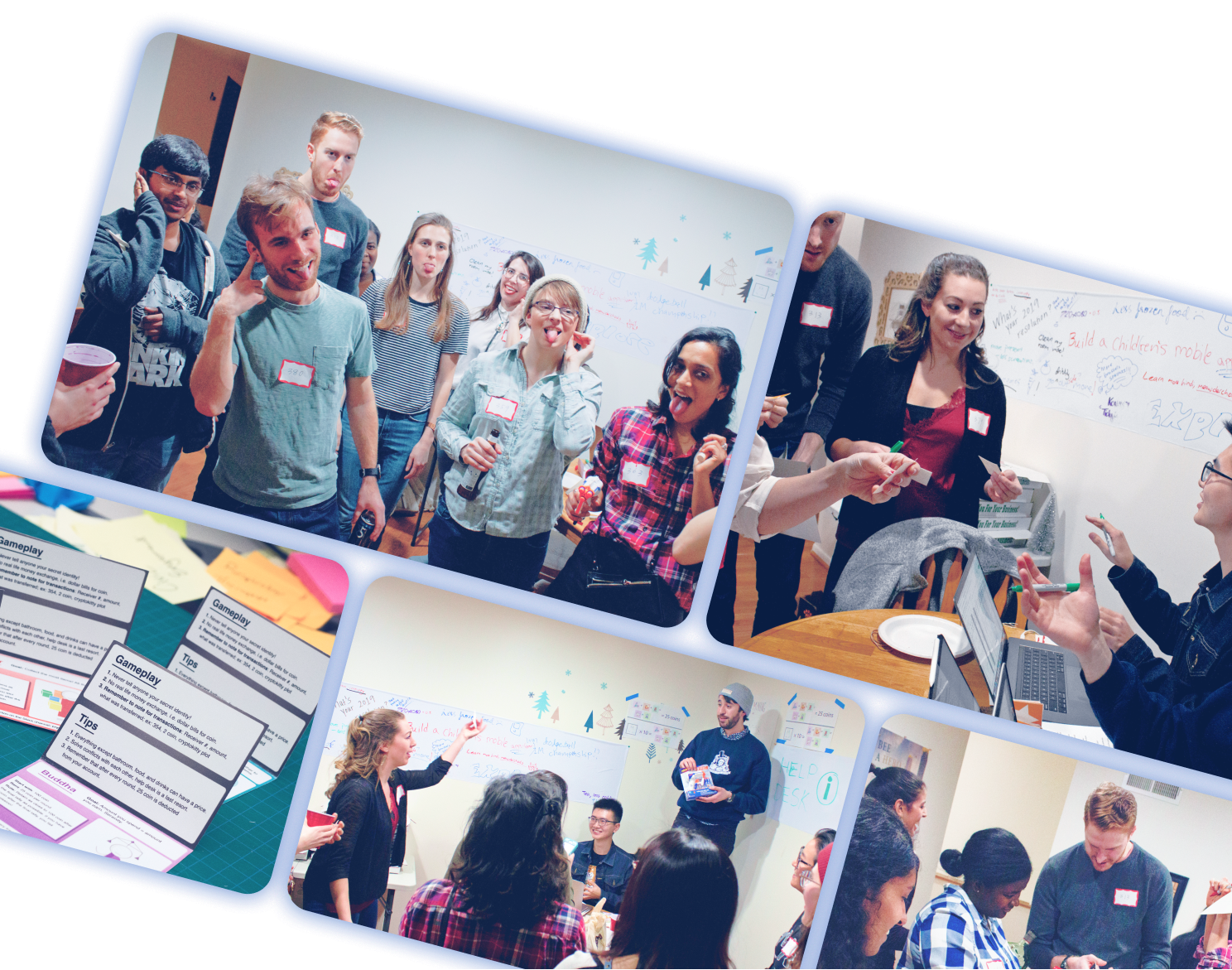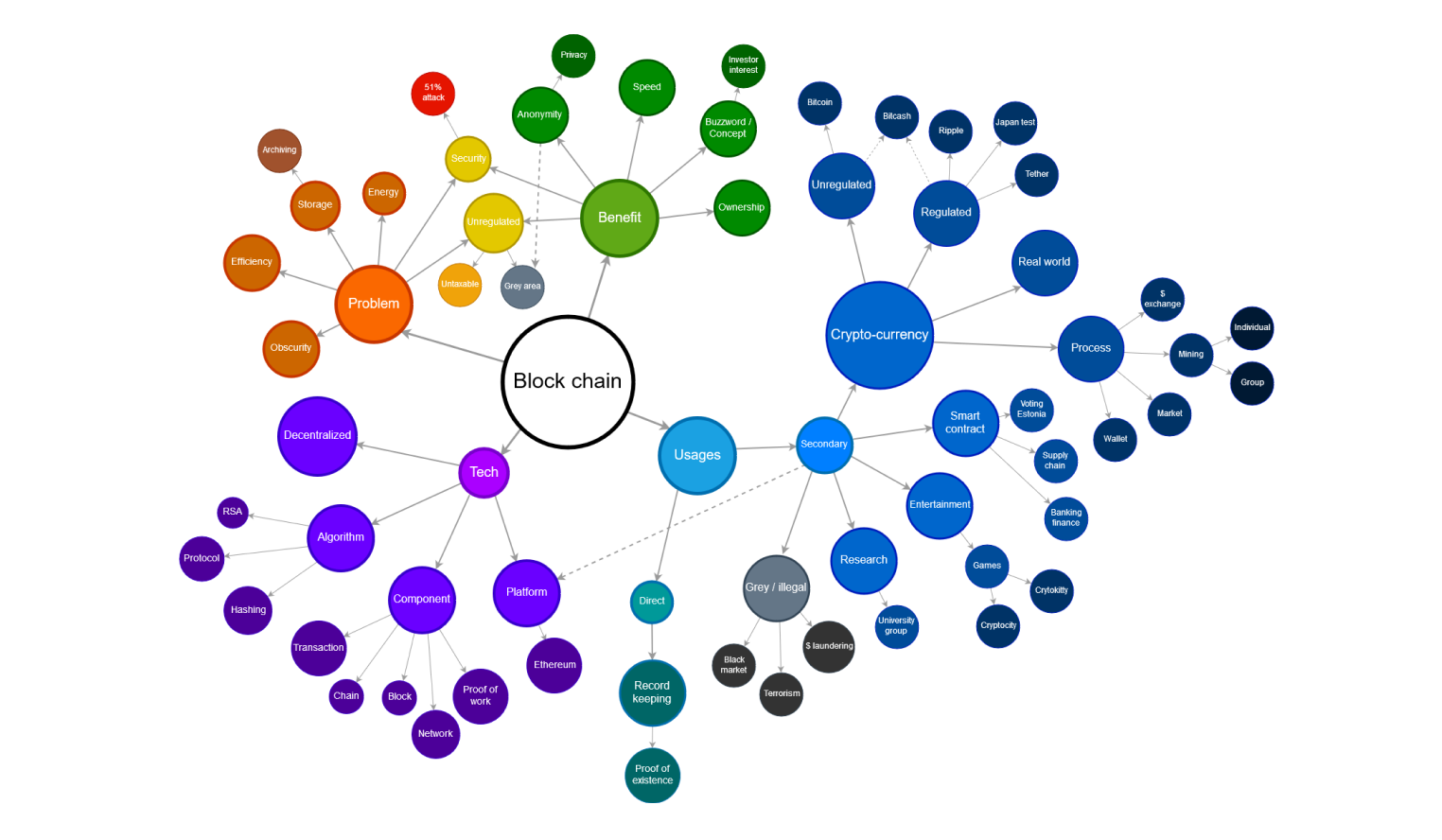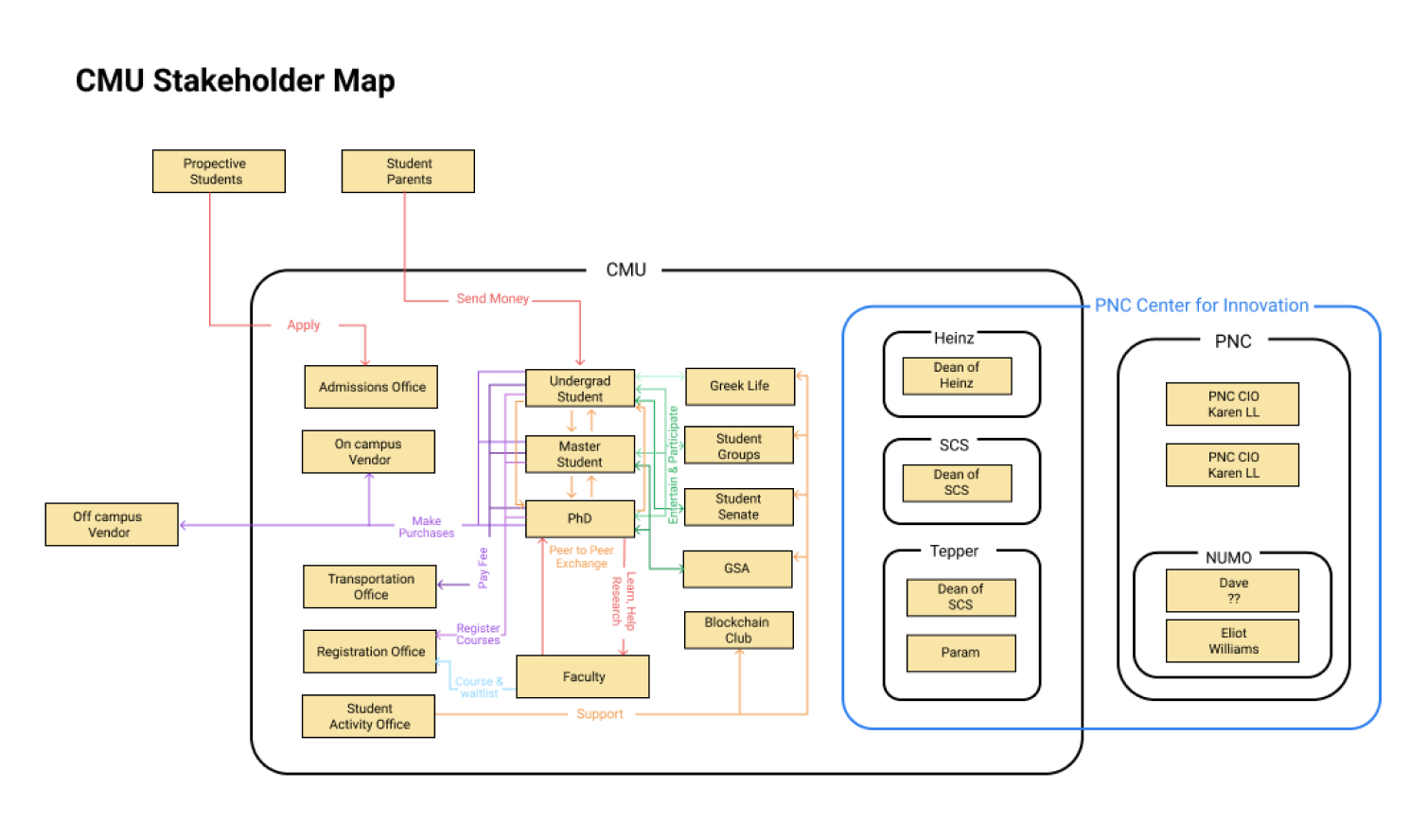
WHY??????

We realized quickly that our “problem” was less a unique problem space that needed solving, but rather that we had a powerful solution that required specific use cases for successful implementation. First, we needed to understand more about what kind of a solution we have and how it can possibly be used. This lead to research that served to map out our solution’s capabilities. We then tested this with a unique experience prototype.

Background research outlined how blockchain and cryptocurrency works. Further research highlighted the specific systems that already exist at CMU. Slowly we understand that CMU’s Pittsburgh is a small closed ecosystem with multiple forms of virtual and fiat currencies used by individuals and organizations daily. The cryptocurrency solution we were given was obviously a financial solution, but we did not fully understand why or how people would engage with the system. This led us to create an Experience Prototype on the micro scale.
The crypto ‘party’ was a real-time prototype that we designed to simulate an economic ecosystem where people exchanged goods and services. However, the main twist was that we established currency that, prior to the experience, had no value. Our goals for the prototype were to discover how people choose to spend and buy, as well as influence others to spend or buy. We wanted to see natural economic behavior arising from what we did not prescribe.

Following the party we engaged into two forms of data analysis. The first type of data analysis was a log analysis of the hard data we had of individual transactions conducted over the course of the prototype. The second was a large affinity diagram of all our observational notes taken.
The different goals provided by the roles lead to different strategies, which was reflected in their overall performance in the market.
In an unfamiliar market environment, people rely on relationships in which they have already established trust.
Illegal activities such as money laundering are more obvious on the regulator’s perspective, with the support of data that enables comparison between regular behaviors and anomalies.
Trust towards the regulatory agency leads to a greater number of transactions involving greater amounts of money.


Individuals bring in their own motivations, experiences, and opinions into the system. For that reason our onboarding and marketing needs to address the various individual motivations users have for entering our system.

People rely on existing social networks to define their own behaviors. Therefore, any system we develop needs to have clear connections between individual users.

To ensure stability there needs to be some clear policy or governing entity to regulate the system and behaviors of users.
Our findings from the Affinity Diagram after the party revealed a three pronged approach needed for a successful cryptocurrency system. We found that the balance of Regulation, Social Networks, and Individual Onboarding is essential for a successful cryptocurrency.
For such and nontraditional design process we had to conduct background research and supplemental research multiple times throughout the course of the project. We engaged in the following types of research:
Using interviews with SME and white papers we built a better understand of what actually is the difference between cryptocurrency and blockchain. We also noted how the actual systems work in conjunction with one another.
We compared many of our findings to research already conducted in the field of cryptocurrency and blockchain. We found multiple instances where our findings were corroborated by other researchers. One of the biggest instances was Dr Zeynep Gurguc and Prof William Knottenbelt’s CRYPTOCURRENCIES: OVERCOMING BARRIERS TO TRUST AND ADOPTION.
We held more interviews with representatives of the financial aid office, the university’s IRB, and the Psychology Research Portal. These interviews in conjunction with some more documentation research helped us get a grasp of what is involved with University research funding.










